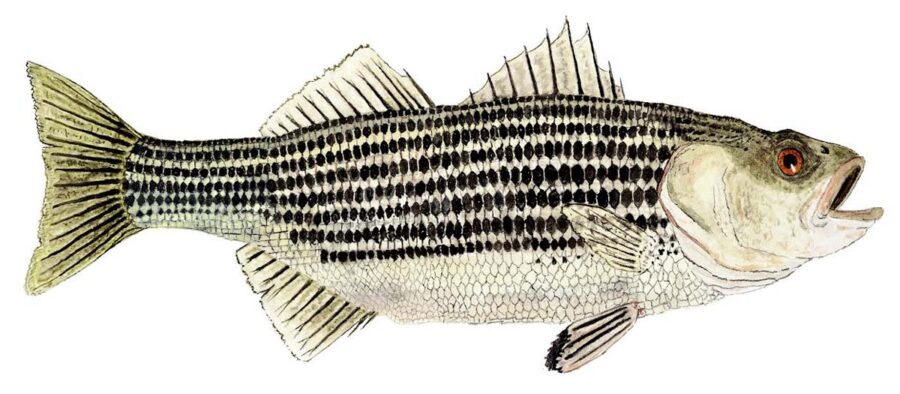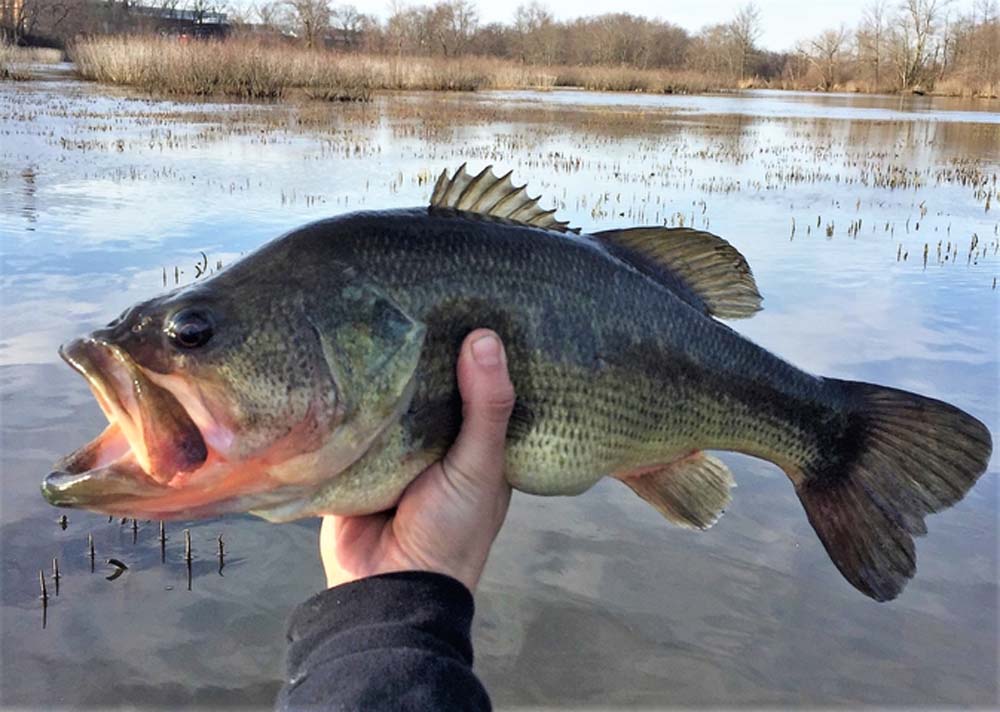
Thom Glace, the award winning watercolorist’s commissioned striper is one of the best illustrations of Morone saxatilis. It will readily take a worm. International Game Fish Association [IGFA] World Record: Conventional Tackle 81- lbs, 14 oz. – Long Island Sound, NY, August, 2011. Fly Fishing, 12-pound test, 64-pounds, Smith River, Oregon, July, 1973. The striped bass, also called the Atlantic striped bass, striper, linesider, rock, or rockfish, is an anadromous perciform fish found primarily along the Atlantic coast of North America. It has also been widely introduced into inland recreational fisheries across the United States.

Skip Clement, New Zealand.
By Skip Clement
Over several decades, many destinations in every continent, and home waters of Western Pennsylvania, Eastern Idaho, South Florida, and now the foothills of the Appalachians in North Georgia, I’ve learned to make friends with professional fly fishing guides who tie their flies.
They are the fishing diviners of the fly fishing world I know.
What does that mean?
Superior guides will almost always tie flies because they have only one objective in mind: their clients catch fish in their fishery.
In many cases, guides find that a named fly’s recipe lacks some fundamental need of the principal target species in their fishery. Then, of course, there are some flies without borders, like the Woolly Bugger. Still, it gets a modifying haircut or fitted with something new or deleted from it that better interests targeted species in distant fisheries.
Seldom do pro fly fishing guides that I speak of tie flies that involve dozens of steps, consume a lot of time and materials, and require expensive, hard to come by recipe ingredients.

The Largemouth Bass (Micropterus salmoides) has a native range of the St. Lawrence and Great Lakes, Hudson Bay (Red River), and Mississippi River basins from southern Quebec to Minnesota and south to the Gulf. Its native range also includes the Atlantic Slope drainages from North Carolina to Florida, and the Gulf Slope drainages from southern Florida into northern Mexico. As a non-native it can also be found worldwide. Photo by Eric Szkodny – a commons image. For love of worms.
The worm
Worms, those lowly things found in the dirt, composting piles, freshwater, and saltwater. They provide meals for other aquatic life, birds of any stripe, and game fish of almost every species.
A pro fly fishing guide once told me that she could catch anything that swam in Pennsylvania with a worm and do so at almost any time of the year? I said, what about steelhead? She replied, “Not a problem-prefer them.”
“I catch a ton of trout and steelhead on worms and do better than with manny so-called ‘classics.’ New clients usually look at me with great doubt, but soon disbelief turns to a grin.
Worms are like candy to a fat kid, they just can’t resist them.
These Ruben Martin worm ties are only an appetiser. Follow Martin to start your wormology






